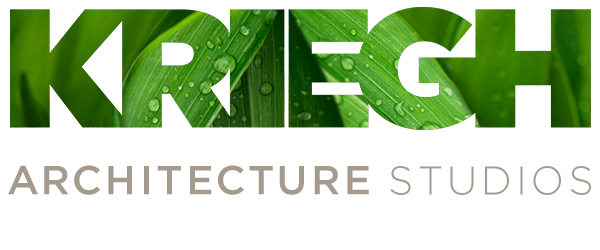As energy codes become more stringent and building envelopes improve, it is the energy use under the direct control of the occupant that will have the greatest impact on the environment. With regard to the design of the physical environment, we recognize that an approach incorporating both building science and social science is necessary if progress is to be made toward Climate Change goals put forward by the 2015 Paris Agreement.
Read MoreNet-positive-energy buildings achieve performance goals through multiple integrated strategies incorporating technologies, systems, and human behavior. This paper examines the energy performance of the Bullitt Center in Seattle, WA and in particular looks at energy use that is influenced by occupant decisions.
Read MoreThis project developed an analysis tool called the Building User Audit Procedure (BUAP) for understanding how people impact energy use patterns in campus buildings.
Read MoreThe Carbon Leadership Forum’s Building With Biomass proposal is one of five finalists for the 10 Million Dollar 2030 Climate Challenge Grant from Lever for Change Bold Solutions Network. Julia Ann Kriegh, PhD, AIA, and principal of Kriegh Architecture Studio, was instrumental in establishing the proposal’s focus and the development of initial research needed to flesh it out.
Read MoreThe ENERFIT Project includes efforts to reach historically under-served households with energy efficiency strategies that engage behavior.
Read MoreDr. Julia Ann Kriegh, AIA is pleased to be appointed to the Bainbridge Island Green Building Advisory Task Force.
Read MoreWorking with the city of Burlington and the Urban Land Institute (ULI) Technical Advisory Panel (TAP), the University of Washington Green Futures Lab Team (team) is proposing actions to parlay the town’s strengths, challenges and potentials into an economically robust, socially and culturally responsive, and environmentally healthy city. Through a process that included research and analyses, advice from housing and commercial development experts, and consultation with city residents and leaders, the team has developed urban design proposals that consider burlington’s role in the region, its active commercial core and historical downtown, and the health and potentials of gages slough, especially with regard to stormwater issues and new practices to address stormwater pollution.
Read MoreThe following ReVisioning Westgate: A District Plan and Form-Based Code document is the culmination of this year-long process of research, analysis and public input. For Westgate, the plan envisions mixed use developments of up to three stories in height including a variety of residential units attractive to young singles and senior citizens alike. Improvements in pedestrian and bicycling routes link various developments within the neighborhood center to larger systems of ped/bike routes through the city.
Read More







